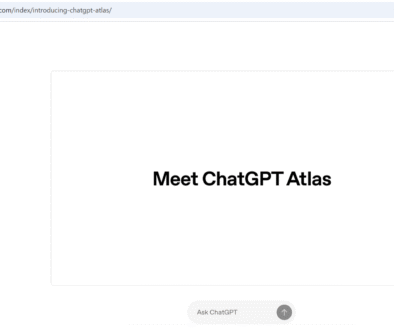AI Talent Crunch Widens across IT
AI Talent Crunch Widens across IT
Organizations across sectors are scaling AI from experiments to mission-critical systems. Hiring managers report longer times to fill roles, expanded searches across regions, and growing demand for practical, product-focused skills.
Companies are racing to build AI products, but they’re struggling to hire enough people with the right skills. There is growing gap between AI demand (jobs) and supply (skilled talent).
Why the Crunch Exists
- Skills are specialized and evolving fast: Foundation models, retrieval-augmented generation (RAG), fine-tuning, and evaluation frameworks change quickly. University curricula and many bootcamps lag behind.
- Experience bottleneck: Employers prefer candidates with shipped projects, production deployments, or prior MLOps experience, which freshers often lack.
- End-to-end product skills are rare: Many can prototype models, but fewer can handle data engineering, security, governance, cost control, and monitoring in production.
- Cross-disciplinary needs: AI teams need domain knowledge (e.g., healthcare, fintech) + AI skills. Finding both in one person is hard.
- Compute, data, and tooling outpace training: Hardware and platforms improve faster than educational pipelines can produce practitioners.
- Global competition for top talent: Startups and big tech compete for the same candidates, driving up expectations and pay.
- Responsible AI & compliance add complexity: New rules around privacy, safety, and transparency require extra expertise.
How Students Can Leverage This Moment
- Master the foundations: Python, data structures, algorithms, probability & statistics, linear algebra, and calculus basics.
- Learn practical AI workflows: Data cleaning, feature engineering, model training, evaluation, and deployment (API, container, or serverless).
- Build a proof-of-work portfolio: Ship small but complete projects (dataset → model → API → simple UI). Document decisions, metrics, costs, and trade-offs.
- Focus on applied GenAI: Implement RAG pipelines, prompt engineering with evaluation, lightweight fine-tuning, and safety filters.
- Contribute to open source: Fix bugs, write docs, add examples. Even small contributions demonstrate teamwork and code quality.
- Practice system design for AI: Caching, Vector databases, batch vs. real-time, observability, cost monitoring, and A/B testing.
- Network smartly: Participate in Hackathons, Kaggle, Research seminars, and local meetups. Ask good questions and share learnings online.
- Target internships & apprenticeships: Start early with a focused resume tailored to one role, not a generic AI CV.
Top FAQs
Is AI replacing jobs or creating them?
Both. Some repetitive tasks are automated, but companies also need people to design, build, govern, and maintain AI systems—creating new roles across the stack.
Do I need a PhD to get into AI?
No. A solid foundation in programming, statistics, and practical projects can get you into entry-level roles. Advanced research roles may prefer a master’s or PhD.
What programming languages should I learn first?
Start with Python. Add SQL for data work. Learn a bit of JavaScript if you plan to build user interfaces. For systems or high-performance work, C++ can help later.
How important is math?
Very. You don’t need to be a mathematician, but comfort with probability, statistics, and linear algebra speeds up your progress and helps you debug models.
How can I build a portfolio without experience?
Take public datasets, build end-to-end projects, deploy them, and write up results. Contribute small fixes or examples to open-source repos to show teamwork.
Which certifications help?
Cloud fundamentals (AWS/Azure/GCP) and focused AI/ML certificates can help, especially when paired with real projects. Certifications are a complement, not a substitute.
Will the AI talent crunch last?
In the near term, yes—demand is strong and use-cases are expanding. Over time, better tooling and education will ease the gap, but practical, product-focused skills will stay valuable.
What’s the fastest path for a fresher?
Pick one focus area, follow a 10–12 week structured plan, ship 3–5 projects, and apply to roles that match your portfolio. Consistency beats intensity.
The AI talent crunch is a signal, not a barrier. With focused learning, proof-of-work projects, and an understanding of production realities, students and freshers can turn this shortage into a career advantage.
